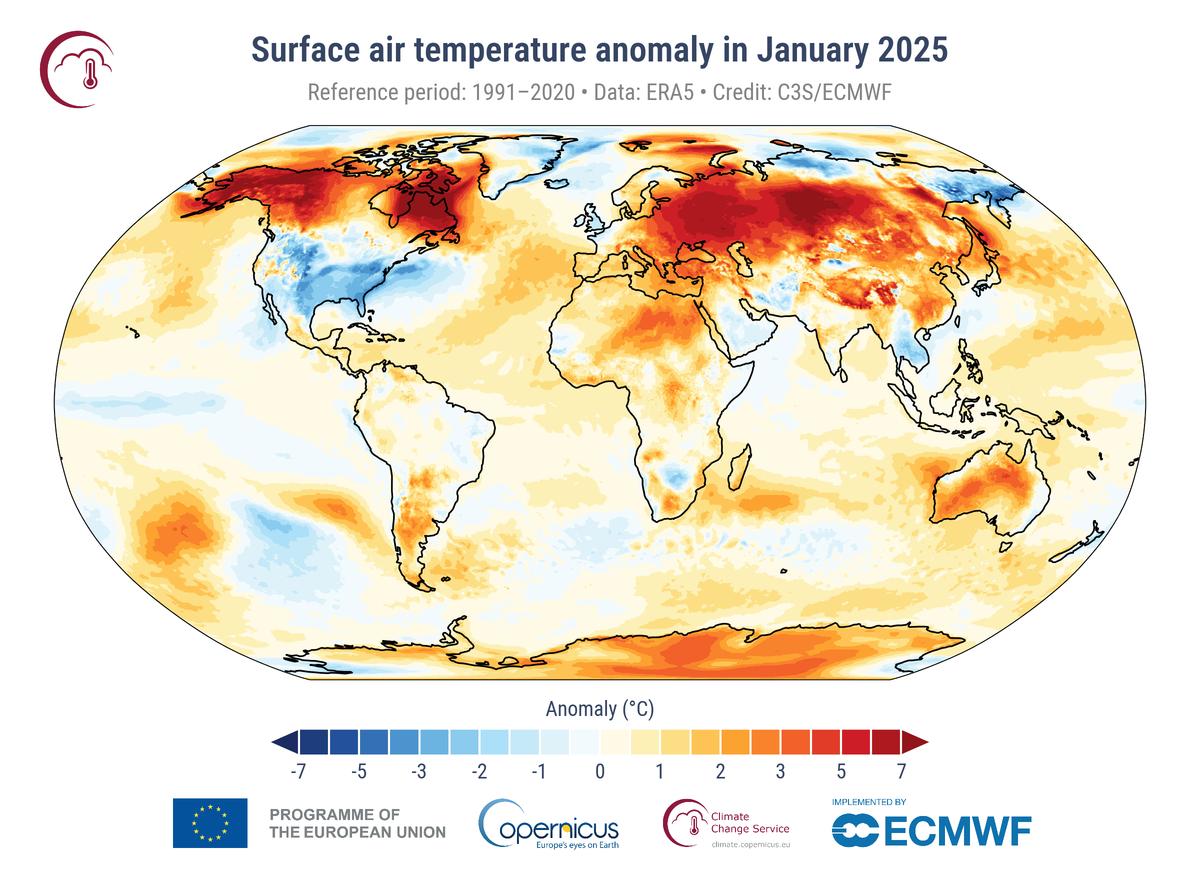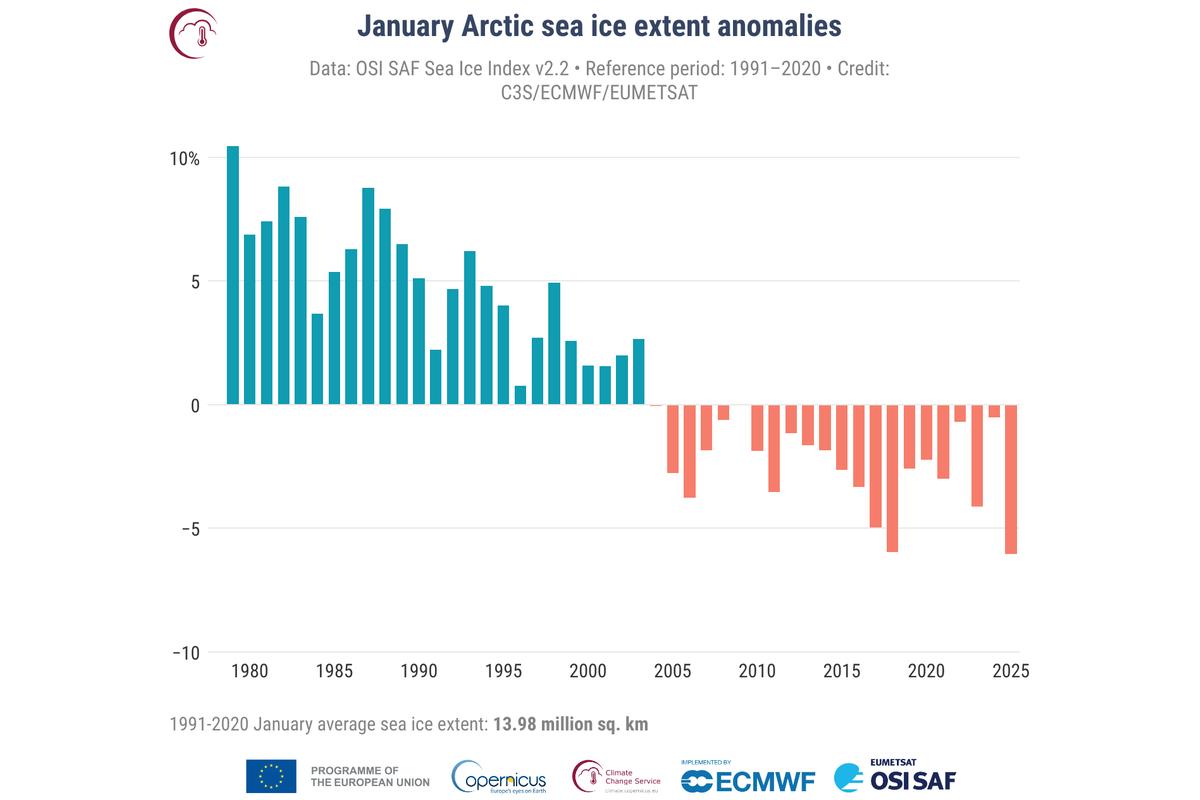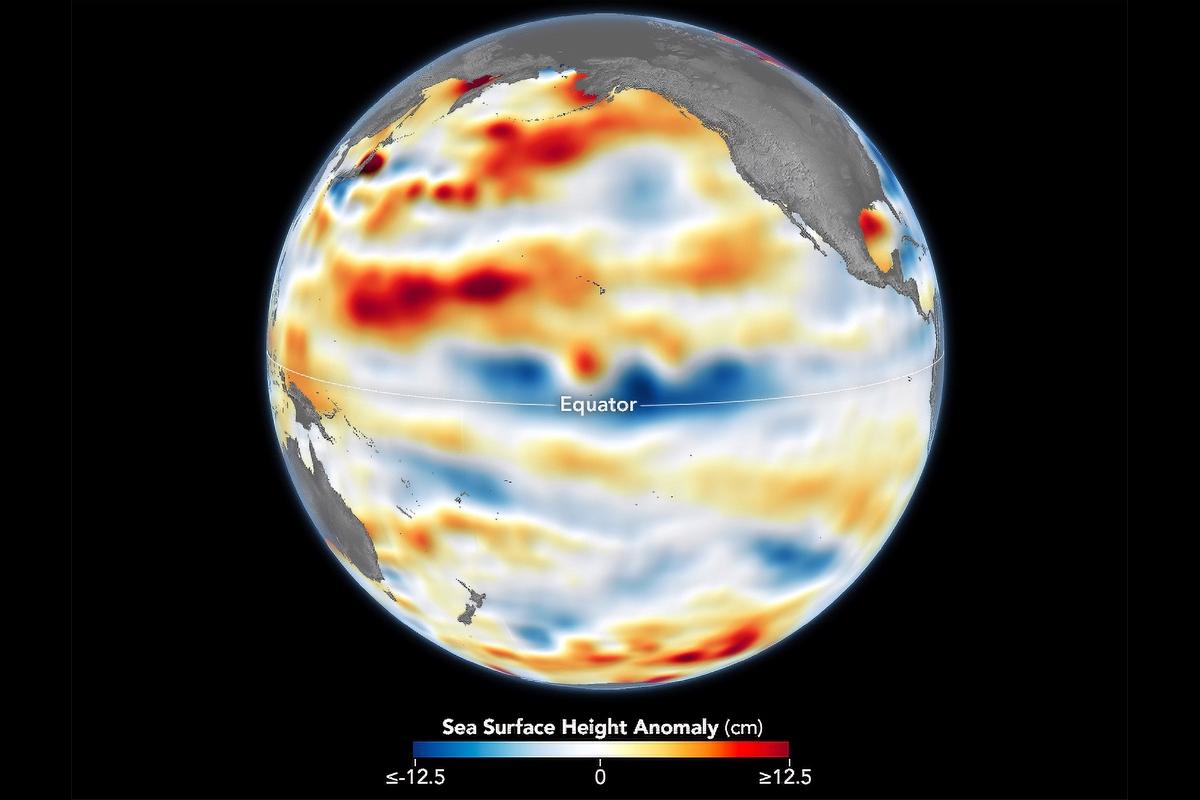It was incredibly cold across much of the US last month, but scientists report that worldwide, it was the hottest January ever recorded. As heat records continue to be broken, some researchers believe global warming could be speeding up. Not all scientists agree.
Climate Crisis
Since people first began burning coal to run factories, the world’s temperature has been slowly rising. This increase has led to serious long-term changes in weather patterns that affect all life on Earth.
The world is getting hotter, mainly because humans are burning “fossil fuels” like coal, oil, and natural gas to make energy. These fuels give off pollution called “greenhouse gases” or “carbon emissions”, which make the climate emergency worse.
The effects of climate change can already be seen: melting ice in Antarctica and the Arctic, higher temperatures, heat waves, droughts, wildfires, record rains, and more strong hurricanes.
Scientists say the world must take strong action before 2030, and limit global warming to 1.5ºC* to avoid the worst effects of the climate crisis.
Global warming is generally measured by comparing the world’s current average temperature to the world’s average temperature before people first began burning coal to run factories.
In the 2015 Paris agreement, the countries of the world agreed to cut pollution in an effort to limit global warming to 1.5ºC.* Every bit that the planet heats up beyond 1.5ºC will make life on Earth far more difficult.

(Source: Data: ERA5 Image: C3S/ECMWF, Copernicus.eu.)
Researchers from the European Union’s Copernicus Climate Change Service say that the world’s average temperature in January, 2025 was 1.75°C warmer than before humans began burning fossil fuels.
January may have been cold in the US, but it was exactly the opposite in much of the rest of the world. In the Arctic, for example, some areas reached temperatures 30ºC (54ºF) hotter than normal. This led to the second-lowest level of Arctic sea ice ever recorded in January.
Ocean temperatures matter, too. Cooler waters can help reduce air temperatures. But over the last two years, sea surface temperatures have been extremely warm. January’s sea temperatures were the second highest ever recorded.
And it’s not just a single month. 2024, with an average increase of 1.6ºC, was the hottest year ever. Scientists report that global average temperatures have matched or broken the 1.5ºC limit in 18 of the last 19 months.

(Source: Data: EUMETSAT OSI SAF. Graph: C3S/ECMWF/EUMETSAT, Copernicus.eu.)
That sounds bad – and it is. But it doesn’t mean that scientists believe the world has permanently reached the 1.5ºC limit. The world’s temperature goes up and down. Scientists say that the 1.5°C limit won’t be considered “broken” until temperatures remain over the limit for around 20 years.
Still, the record heat of January has come as a surprise to many scientists.
There are two important weather patterns that usually cause big temperature changes worldwide – El Niño and La Niña. The patterns are driven by changes in water temperature in the Pacific Ocean near the Equator. El Niño years, like last year, are usually warmer.
But temperatures usually drop quickly in La Niña years. A new La Niña weather pattern began in January of this year, but so far, it hasn’t cooled things down. That’s what has scientists puzzled.

(Source: Lauren Dauphin, NASA’s Earth Observatory.)
James Hansen, a scientist who used to work for NASA, is well-known as one of the first scientists to call attention to the problem of climate change. Dr. Hansen believes global warming may be speeding up. He says that in recent years, the rate of warming has nearly doubled.
Other scientists suggest that this could just be an unusual period of warming, and that it’s too early to call it a pattern.
But scientists agree that the warm temperatures are worrying. They say the world must continue to work hard to cut fossil fuel use and to reduce the pollution that is heating the planet.
** Climate change temperatures are measured against the time when humans started burning coal for power. This article talks about climate change using Celsius (C). Talking about climate change in Celsius is more common and it makes the changes easier to see and remember.
If you want to think about the temperature changes in Fahrenheit( F), you can use these figures: 1.5°C = 2.7°F, 1.6ºC = 2.9ºF, 1.75°C = 3.15°F
